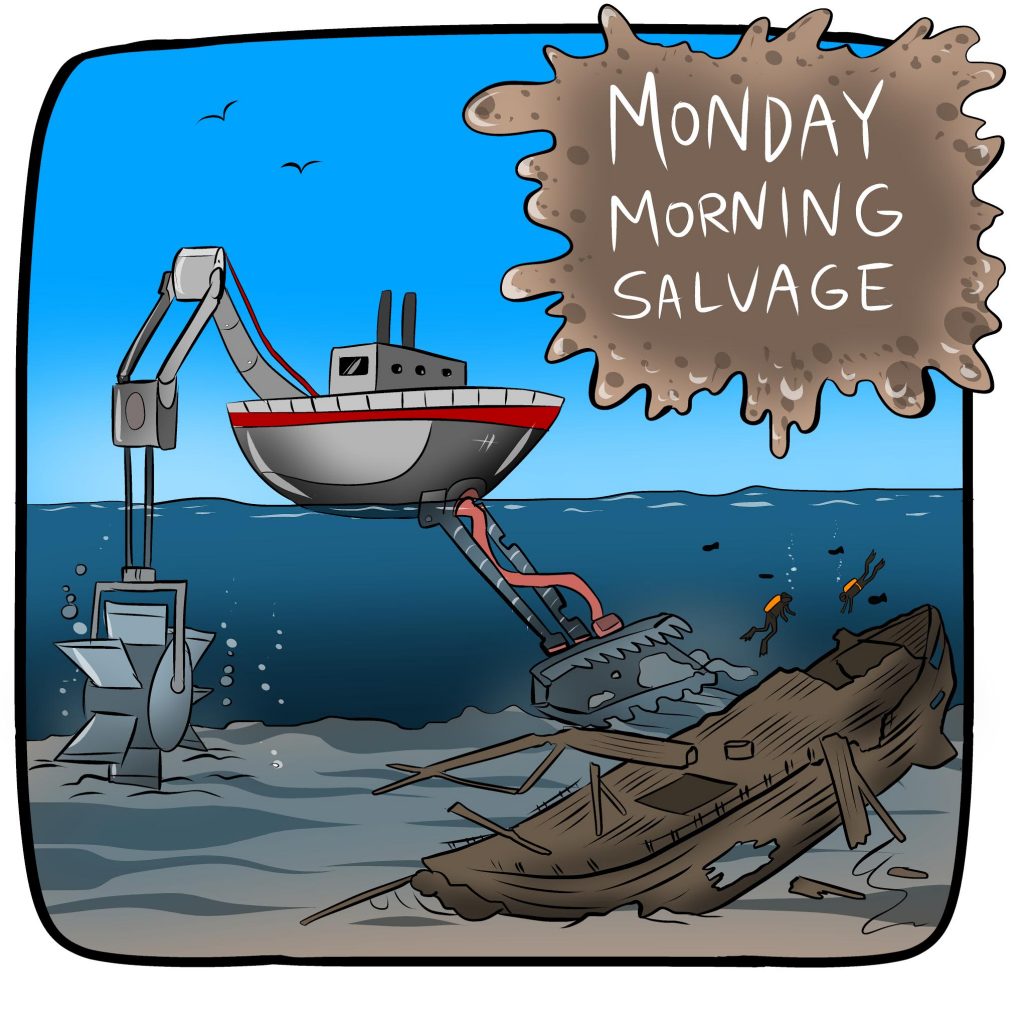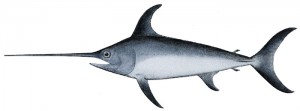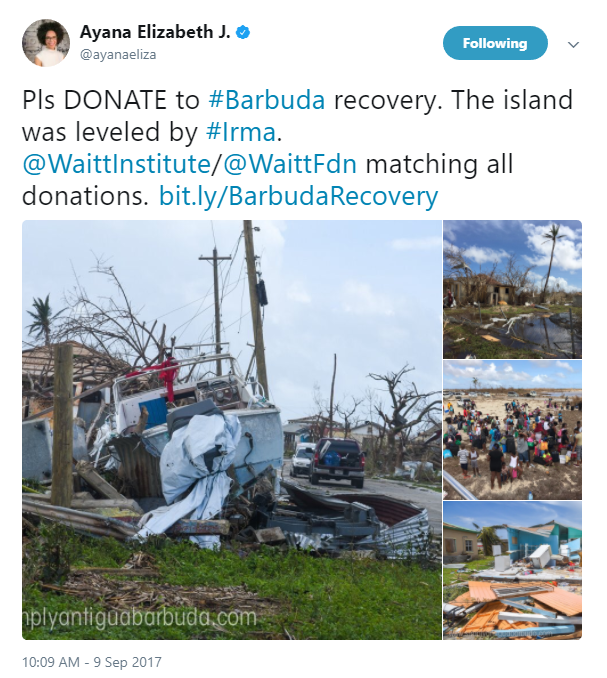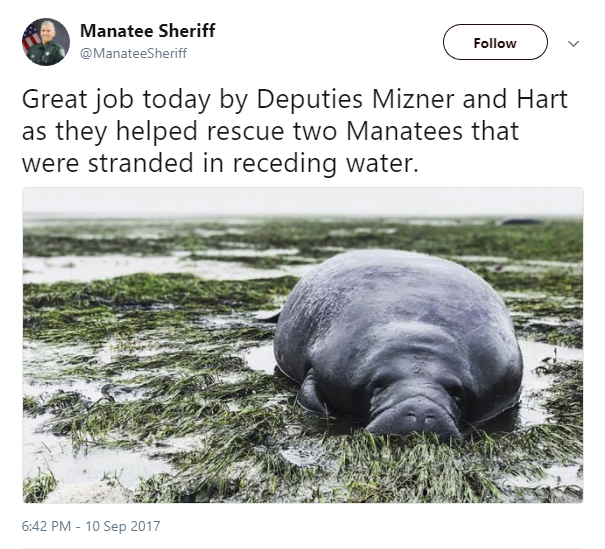Transcript available below.
Tag: swordfish

Fog Horn (A Call to Action)
- One week left! The OpenCTD and Oceanography for Everyone has been selected as a finalist in National Geographic’s Chasing Genius Challenge! Please help me win the People’s Choice award by voting for the OpenCTD. Visit http://www.natgeochasinggenius.com/video/776, create or sign into your Chasing Genius account, and click the yellow star to vote on my video. You can vote once per day until September 15.
- “Everyone is homeless. We can’t help each other because everyone needs help.” Ayana Johnson is working to raise funds (and the Waitt Foundation is matching donations, to help the people of Barbuda, where almost every structure on the island was leveled.
Flotsam (what we’re obsessed with right now)
- Yes, I would like to pet a giant isopod, thank you.
- We have a new expedition planned to the Commonwealth of the Northern Mariana Islands. Join us: Marine Ecology and Underwater Robotics in the Commonwealth of the Northern Mariana Islands.
- The Manatee Sheriff sends Manatee officers to rescue stranded manatees in Manatee County.
The 90’s were a big decade for the environmental movement. The media landscape was filled with environmentally-themed programming. Major laws in the US and internationally were passed to protect the planet. Formative events galvanized, diversified, and sometimes radicalized the conservation community. And, like many other of our generation, we came of age right in the middle of it.
Here are 25 signs that your laid the foundation for your environmental ethic squarely in the 1990’s. Happy Holidays from Southern Fried Science.
1. Captain Planet taught us that “The Power is Yours!”
You knew this would be on the list, so let’s get it out of the way. Moving on.
Read More “25 signs that you were a conservation child of the 90’s” »

A press release circulating on Twitter, which claims that a “deadly expansion” of a California fishery will negatively affect critically endangered leatherback sea turtles, has been making waves in the marine conservation and fisheries communities, inspiring a series of interesting discussions. Is it better to buy US-caught seafood with some bycatch than foreign-caught seafood from fleets with less strict environmental regulations? Is the current “Pacific leatherback conservation area”, a large region of the ocean where no fishing is allowed, too much of a restriction on U.S. fisheries? Can there be a balance between fisheries and conservation? I invited Jonathan Gonzalez, a California graphic designer with a strong interest in marine conservation issues, to write a guest post about the swordfish fishery in question. You can follow him on Twitter here, and he’s happy to answer your questions about this issue in the comments section of this post. In addition to his graphic design work, Jonathan has served as the assistant director of the Santa Barbara Marine Mammal center, and has worked with the California Shark Coalition to gather support from fishermen for the state’s recent ban on shark fins.
by Jonathan Gonzalez
Fisheries are complicated and often misunderstood. We often see conflicting information about what fish we should or should not eat and we see general statements about certain gear types that over simplify an extremely complex issue. But don’t be discouraged, learning about fisheries can be very fun and can lead to eating seafood with confidence, free of any guilt or confusion. One particular fishery I want to talk about that is not only complicated, but in my opinion it is California’s most misunderstood fishery. I’m talking about the drift gillnet (DGN) fishery for swordfish and common thresher sharks (CTS). Swordfish, CTS and mako sharks caught in Hawaiian set longlines are also landed in California, but I am not going to talk about that here. I am going to focus on the DGN fishery because this fishery has been in the headlines a bit lately because of recent motions that were voted on at a Pacific Fisheries Management Council (PFMC) meeting. Here is a press release you may have seen that in my opinion is full of factual errors and a few downright slanderous statements. I’m not going to point them all out and I’m not going to try to tell you what to do. Instead I am going to give you some background about the fishery and provide you with information that will hopefully help you to make an informed decision for yourself.
Read More “Good intentions and negative transfer effects: The California swordfish fishery” »

 In a world where greenwashing, overfishing, bycatch and pirate fishing run rampant, it can be difficult for eco-conscious consumers to know what to buy. Many eco-certification agencies exist, but they often offer conflicting advice. Who should you listen to?
In a world where greenwashing, overfishing, bycatch and pirate fishing run rampant, it can be difficult for eco-conscious consumers to know what to buy. Many eco-certification agencies exist, but they often offer conflicting advice. Who should you listen to?
Read More “MSC considering granting sustainable status to a fishery with high shark bycatch” »


